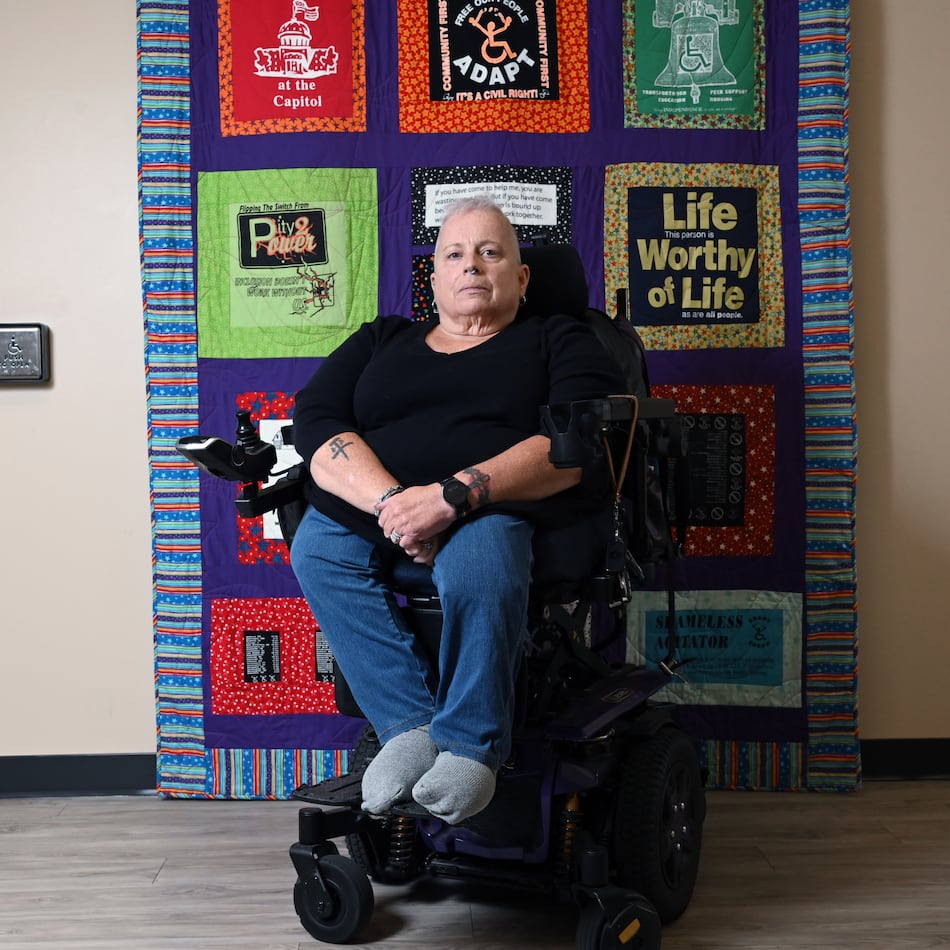In the months following the end of the Civil War, in the burned-out husk of Atlanta, some black men who were once slaves now carried guns and wore the blue suits with shiny brass buttons of the victorious Union Army.
Their mission? To keep the strained peace.
Atlanta locals, still loyal to the Confederacy, were not pleased by the sight.
In his book “Freedom: Georgia’s Antislavery Heritage 1733-1865,” historian Michael Thurmond wrote about the tension, based on accounts and diaries:
“Garrisons where colored troops were established were centers for disturbance. Hotheaded young Southern men would not brook for the lording insolence of blacks in brass buttons. And Negro soldiers everywhere had a bad influence on the freedmen of the neighborhood, encouraging them to idleness and arousing in them a feeling of distrust or hostility to their white employers.”
The stories of the Civil War’s black soldiers are fascinating, but challenging to tell. Yet they’ll be sifted through as officials at Stone Mountain begin work on one of their most ambitious projects ever — creating a permanent museum exhibit about the role of blacks in the Civil War.
What makes this particular museum such a tough task? And were there blacks who actually fought for the Confederacy?
About the Author
Keep Reading
The Latest
Featured



